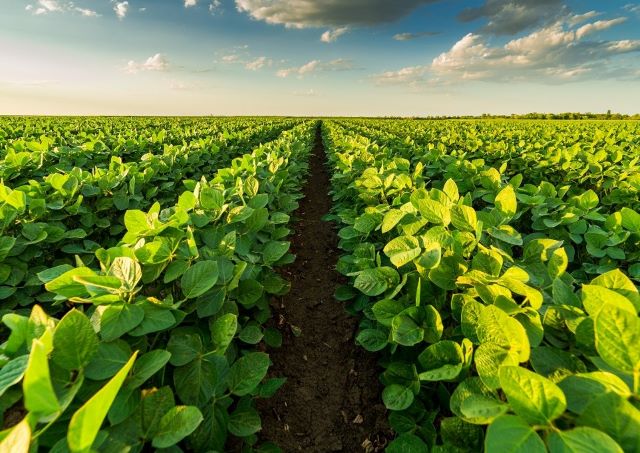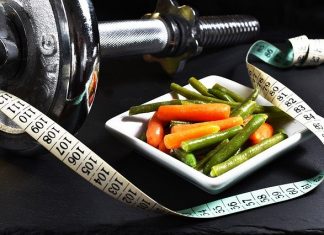University of Illinois scientists have genetically altered soybean plants to increase the efficiency of photosynthesis, resulting in greater production of beans in field trials without losing any quality. The result of the study has been published recently in the journal Science.
For the last two decades, bioengineers have been using highly specific and efficient DNA/RNA editing tools, such as clustered regularly interspaced short palindromic repeats CRISPR, that allow changes in the genetic make of cells to produce improved or novel organisms.
In the Agriculture industries, the technology was used to increase the shelf life of the produce or to increase resistance to insects and herbicides and benefitted farmers in many countries.

Today, many scientists have achieved remarkable results using the technology enhancing quality and quantity of numerous agricultural products such as rice, wheat, maize, and tomato, for review see (Liu, Yang, et al. 2021).
Bioengineers at the University of Illinois are the leading scientists of an international project called Realizing Increased Photosynthetic Efficiency (RIPE). The project aims to increase food production in Sub-Saharan Africa and end hunger globally.
RIPE scientists have used gene editing technology to improve the efficiency of photosynthesis in soy plants. For the first time, the scientists have improved the photosynthesis mechanism in soy plants, increasing total crop production by 33% (De Souza, Burgess, et al. 2022).
Photosynthesis, Oxidative Damage, and Protection
Photosynthesis is a mechanism that green plants use to produce building blocks of energy molecules essential for most life forms on earth. In the presence of sunlight, the process converts carbon dioxide and water into carbohydrates.
6CO2 + 12H2O + Light Energy → C6H12O6 + 6O2 + 6H2O

However, excess light is dangerous for photosynthesis. It causes oxidative damage and decreases the efficiency of photosynthesis. There are several mechanisms that photosynthetic organisms employ to protect them from excess sunlight.
In one mechanism, the leaves dissipate excess absorbed light energy as heat through a mechanism called nonphotochemical quenching (NPQ). When the leaves are shaded by clouds, other leaves, or due to sun movement, it resumes the photosynthetic process by shutting down the photoprotective mechanism.
Improving the Efficiency of Photosynthesis
One of the biggest problems in NPQ is the protective mechanism continues for many minutes, costing important time that could have been used for biomass production during photosynthesis.
For soybean, slow NPQ relaxation during transitions is estimated to cost more than 11% of daily carbon assimilation. RIPE scientists have been working to improve the efficiency of photosynthesis by minimizing the transition time for more than a decade now.
Several previous reports have shown that the overproduction of three thylakoid proteins violaxanthin de-epoxidase, PsbS and zeaxanthin epoxidase, collectively known as ‘VPZ lines” of Xanthine cycle that helps in the photoprotection of the plants showed accelerated relaxation of NPQ and exhibited enhanced crop production in tobacco (Kromdijk, Glowacka, et al. 2016) and Arabidopsis (Garcia-Molina and Leister 2020).
Amanda De Souza and colleagues bioengineered the same modification into the soybean plant, widely cultivated—the 4th most important crop and the most important source of vegetable protein globally.
De Souza et al. found that photosynthetic efficiency in the modified plants was higher during fluctuating light conditions and yields up to 33% higher than in unmodified plants. They replicated the trials and obtained similar outcomes across five independent events.
Further, they observed that despite the increased plant yield, seed protein and oil content remained unaltered. Additional field tests of these genetically modified soybean plants are being conducted now, the results of which are expected in early 2023.
Significance
“The number of people affected by food insufficiency continues to grow, and projections clearly show that there needs to be a change at the food supply level to change the trajectory,” said Amanda De Souza, the lead author of the study.
The RIPE project research scientist added, “Our research shows an effective way to contribute to food security for the people who need it most while avoiding more land being put into production. Improving photosynthesis is a major opportunity to gain the needed jump in yield potential.”
















